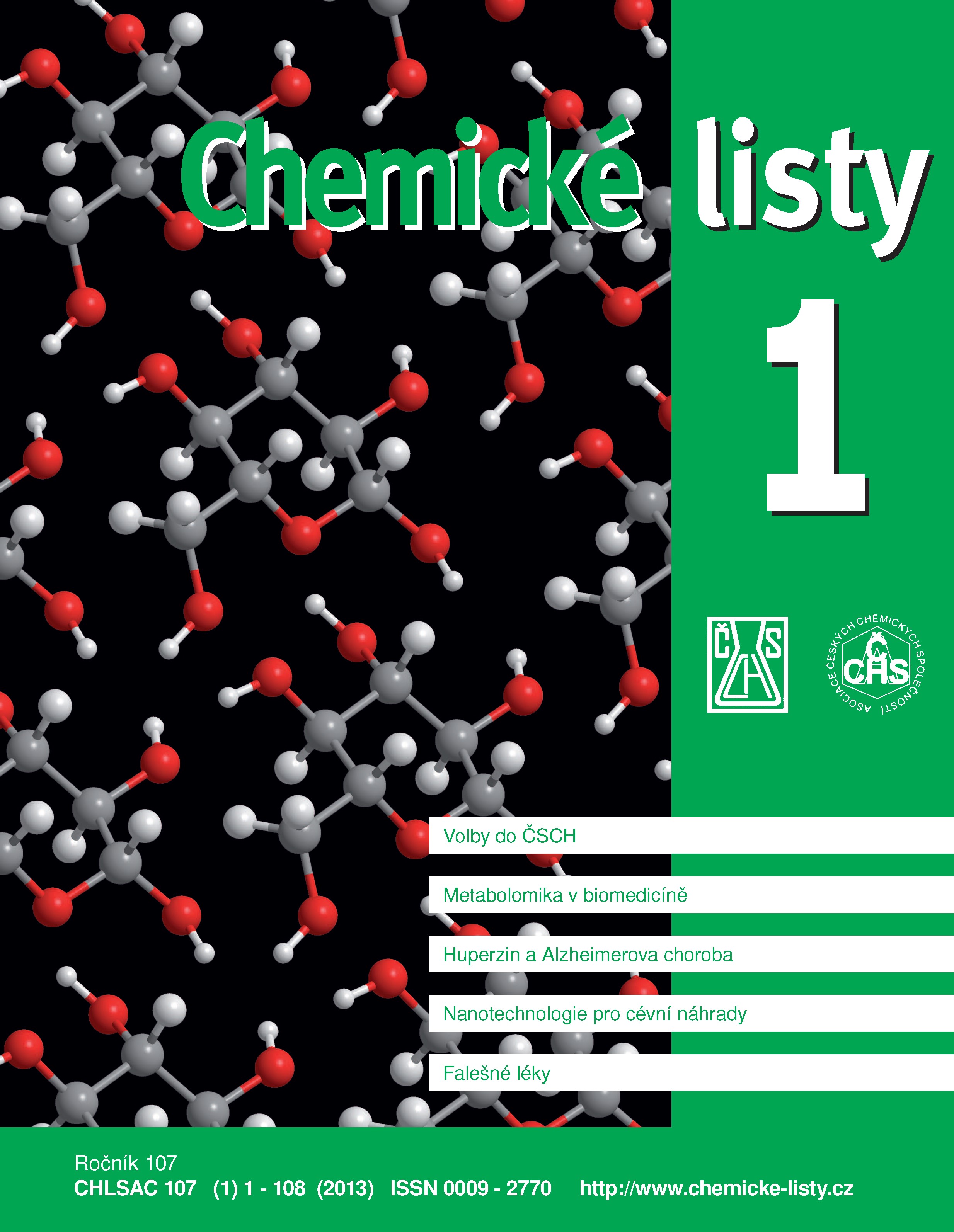Biomineralization of Aortic Valves
Keywords:
aortic stenosis, valvular tissue, phosphatates/calcifications, mass spectrometry, biomineralization, proteinsAbstract
Aortic stenosis is one of the most common heart diseases that occur in developed countries. The disease has many causes; among the most discussed is excessive intake of fluorides. The aim of our work is to clarify the biochemical nature of biomineralizations in cardial tissue as well as to select an appropriate medication and to mitigate the disease. Peptide mapping combined with UHPLC and MS were used in the study of the mineralized cardial tissue. We managed to identify proteins such as alkaline phosphatase, biglycan, mimecan, osteopontin, periostin and proteoglycan, which are probably related to mineralization of the valves.





